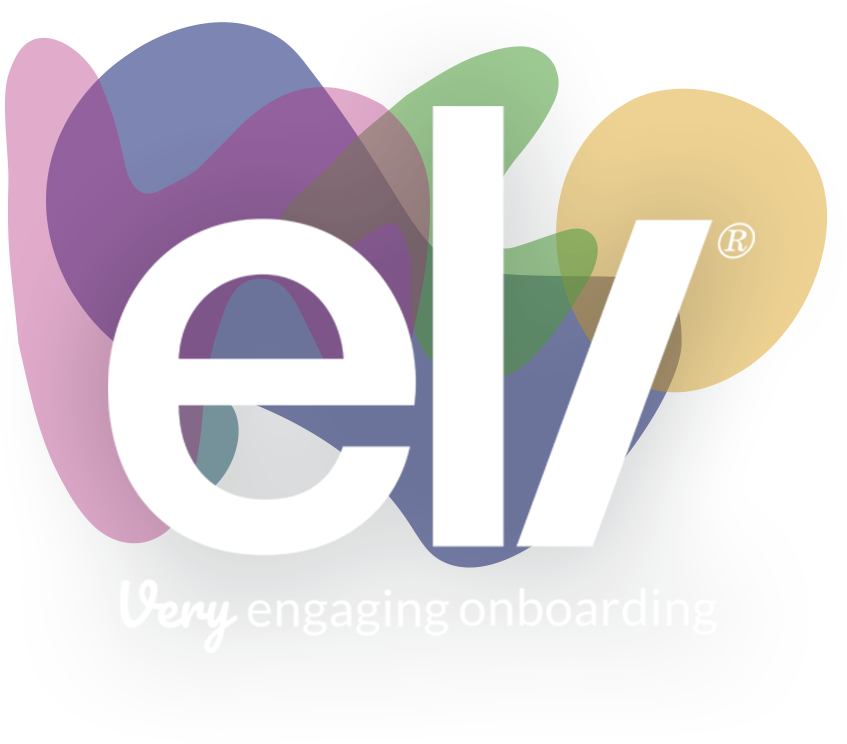How to implement HR onboarding technology to drive adoption and engagement
 18/04/2023
18/04/2023
No matter how good your new onboarding technology is, the way you manage the implementation process can make the difference between the launch of a highly successful tool that drives key organisational objectives, and the unveiling of a white elephant.
It’s vital to leverage the power of your chosen tech to meet the specific needs of your organisation, ensure widespread adoption amongst new starters and managers, and optimise the use of its full functionality. So how do you achieve this?
Partnership is key
When choosing an onboarding technology, real emphasis needs to be placed on how much support you will receive in the implementation process.
Will the firm supplying it work with you to identify your key objectives, and create a bespoke solution, or just hand you the current iteration of their technology as a fait accompli? Will they be an active participant in the implementation process, working closely with IT, cyber security, procurement and HR, or leave you to fend for yourself? Will they build any necessary integrations between your existing systems and your ATS or HRIS? Or help you define and produce content and your onboarding workflows? Do they consider the process of driving engagement with, and understanding of, their technology throughout your organisation as a key part of their offering – or as your responsibility?
Strong partnerships that bring together the deep understanding of an organisation and its objectives that HR teams can offer, with the onboarding expertise of a tech firm that is both flexible and co-operative, create the best solutions.
Understand your audience – and define your objectives
You need to have both a top down and a bottom up understanding of your objectives. What are you hoping to achieve as a business – do you want to reduce attrition, prepare new starters to hit the ground running, improve processes to save line manager and HR time, drive engagement, or a mixture of all the above? How will you measure these objectives, and define ROI?
Similarly, what are the views of key audiences throughout your organisation? What do recent new starters feel are the gaps or weaknesses in their onboarding experience? How do line managers and HR professionals feel their role could be made easier or more effective? What are the different expectations and needs of a range of onboarding audiences, from graduates to senior managers?
Once again, your technology supplier should play a key role here in advising you on how their product can best be utilised to meet these objectives – and, where necessary, in providing bespoke additions and tweaks that help you meet your particular needs. Onboarding design workshops that answer these questions, and help create a series of user journeys for your different target audiences should all be a key part of the implementation service you receive.
Focus on building brand and engagement, as well as streamlining processes and integration
Of course, your new tech will play a key role in streamlining your organisation’s onboarding, from digital contracts and forms, to bespoke task (possibly multi-lingual) checklists for new starters, managers and buddies. Building onboarding workflows for different audiences will be a key part of the implementation process. But planning and creating branded content that brings your culture and values alive for new starters is equally important.
Test and train
System and user experience testing are vital. Canvassing the user experience of people from different cohorts (grads, senior managers, HR admin teams, line managers, different departments, and different geographical regions) is key to making sure the tool is working for everyone.
Training sessions for HR onboarding team members who’ll be using your new tech is important too. Eli Onboarding, an award-winning experience-led onboarding platform, provides just such sessions. In addition, whilst adding bespoke and branded information to your new platform, it’s also good to have an area for you to play with the platform’s backend functionality so you can get to know the technology in a safe, secure environment.
Your partner should also be able to develop internal communications that help drive engagement with your new tool across your organisation – particularly to key audiences like line managers or buddies. This helps to ensure everyone’s on board, and you’ll have impressive levels of adoption and use. These communications should be a mix of practical content explaining functionality (the how of your new onboarding tool) and higher-level content explaining why its use is important to drive your organisation’s objectives and goals. A great example of this is this Rolls-Royce video, developed by Eli, to guide line managers during the employee onboarding journey.
Keep evolving and learning
If you are launching your tool across a wide geographical area, a phased approach can be advantageous. This allows you to test and then refine your new experience with a smaller group of people, as well as giving you time to produce onboarding content and user journeys that reflect the structural, linguistic and cultural differences of your different regions.
On a practical day-to-day note, it’s important that your onboarding teams have access to a helpdesk. Not only will this ensure they get help if they hit a wall, it will also allow them to continue learning about the uses of your new tool’s functionality, so they can leverage its full potential. Regular quarterly meetings between your onboarding team and your technology partners to track and discuss analytics, spot trends and create a process for continuous improvement will help ensure you are meeting the objectives you originally set.
Remember, technology is the enabler, but it’s not the whole answer. Choosing a technology partner who will make life simple and be with you every step of the way throughout implementation, launch and beyond is key to creating a great onboarding experience. Your partner should combine expertise and flexibility to help you yourselves develop and evolve an exceptional experience for all your new starters.







